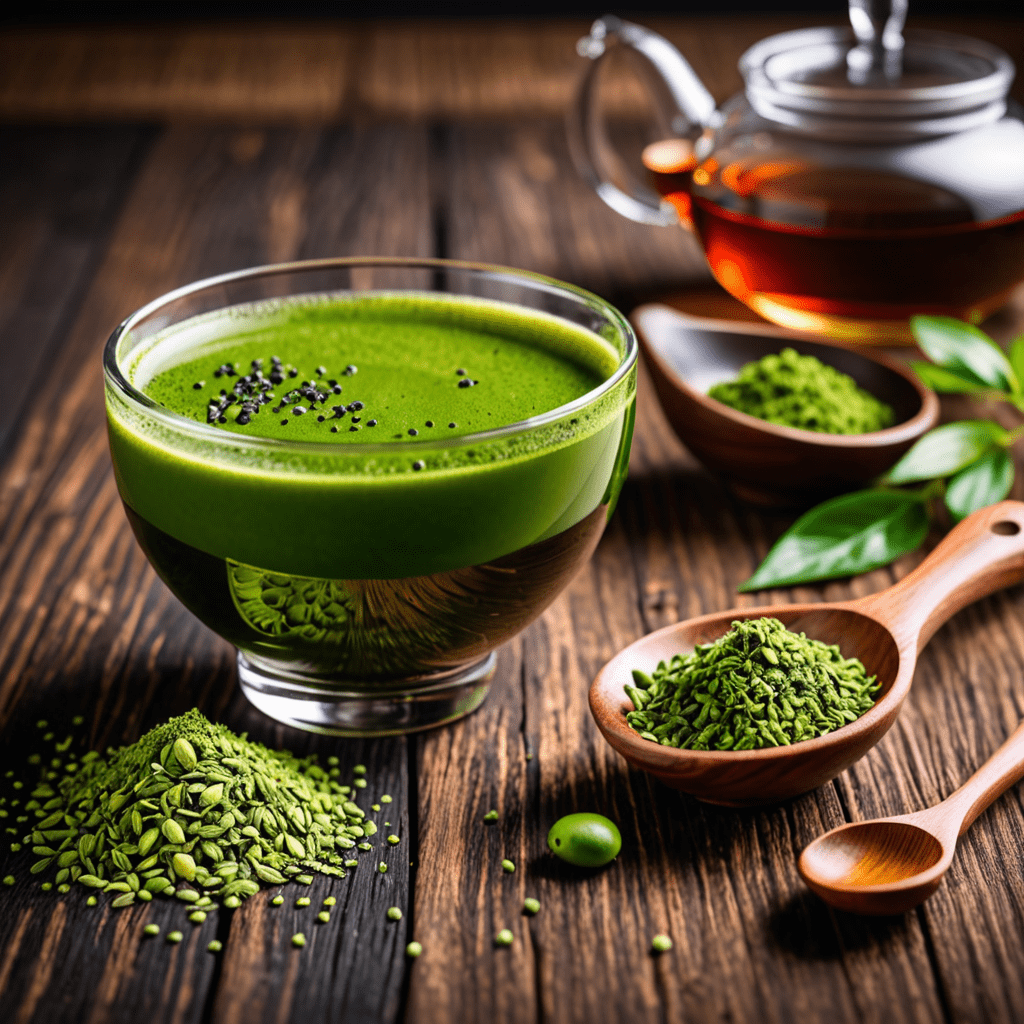
Matcha versus Green Tea: Unveiling the Differences
In the world of tea, the distinction between matcha and green tea is a common source of confusion. Both are cherished for their health benefits and unique flavors, but are they really the same? Let’s delve into the nuances of matcha and green tea to unravel the differences.
The Origins of Matcha and Green Tea
Understanding the origins of matcha and green tea is crucial in discerning their disparities. Green tea, originating from China, was first brewed over 4,000 years ago. On the other hand, matcha, with its roots in Japan, has a history dating back to the 12th century.
Processing Methods
The variance in the processing methods of matcha and green tea fundamentally shapes their composition. Green tea is typically produced by steeping the leaves in hot water before the leaves are discarded. Conversely, matcha is prepared by stone-grinding specially cultivated green tea leaves into a fine powder.
Nutritional Content
When comparing matcha versus green tea in terms of nutritional content, matcha emerges as the frontrunner. This vibrant green powder is packed with antioxidants, vitamins, and minerals, as the whole leaf is ingested when consumed, in contrast to green tea where the leaves are steeped and removed.
Flavor Profiles
The flavor profiles of matcha and green tea showcase distinct characteristics. Matcha boasts a rich, umami-laden flavor with a slightly sweet undertone, while green tea offers a more delicate and grassy taste. The concentrated nature of matcha leads to a more intense flavor experience compared to its counterpart.
Preparation Techniques
Another differentiating factor lies in the preparation techniques. Matcha is traditionally prepared by whisking the powdered tea with hot water until a frothy layer forms atop the liquid, while green tea is infused in hot water and strained before serving.
FAQ
Are matcha and green tea derived from the same plant?
Yes, both matcha and green tea are derived from the Camellia sinensis plant, but their cultivation, processing, and consumption methods result in their distinctive characteristics.
Which one is higher in caffeine content, matcha or green tea?
Matcha contains higher levels of caffeine than green tea. This can be attributed to the consumption of the entire leaf in matcha, as opposed to green tea where the leaves are discarded after steeping, resulting in lower caffeine content.
What are the health benefits of matcha and green tea?
Both matcha and green tea are renowned for their health benefits due to high levels of antioxidants. Matcha, however, may provide greater health benefits as the consumption of the entire leaf allows for the intake of more nutrients.

